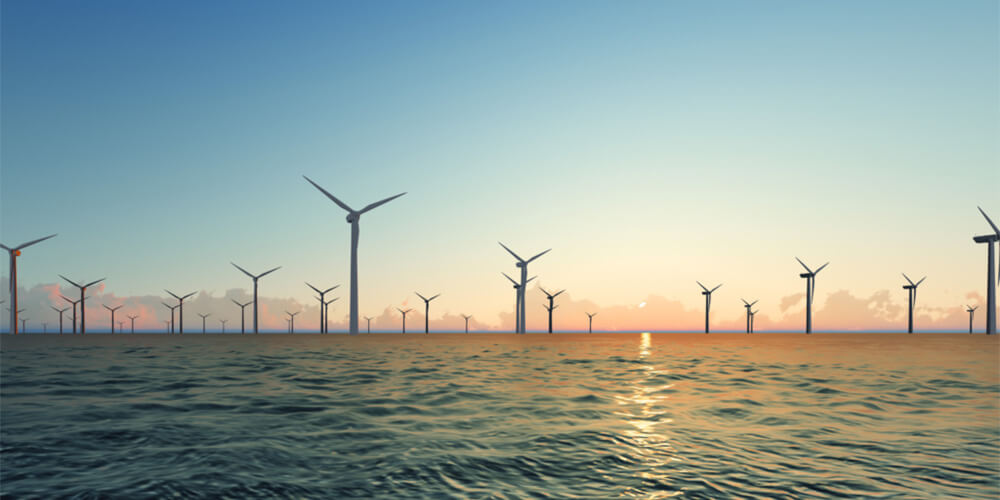Machine learning and data analysis present huge opportunities for offshore wind, but they are not yet being fully taken advantage of, believes Synaptec’s Tom Morley.
As the offshore wind sector continues to grow at pace, digital modeling, real-time analytics and machine learning will be pivotal in reaching ambitious targets set out by the Government at the end of last year. In the next five years, offshore wind capacity in the UK is expected to hit 90GW, but expansion also means a multiplication of existing challenges around O&M – challenges that can only be solved by widespread adoption of data collection, analysis and the adoption of automation and machine learning.
A recent study from the Offshore Renewable Energy Catapult and Accenture highlighted the main barriers to adoption which included the use of sensors, access to and volume of data. The Wind Industry Digital Landscape Review brought into focus the perceived challenges to the adoption of widespread data collection and analysis and lack of awareness, but it’s becoming increasingly clear that data and analytics will be a significant driver of renewable energy
And, with another wave of offshore wind farms due to be developed after the recent Crown Estate auction for seabed rights, there is a strong business requirement for collection and analysis of Big Data to enable smarter decision making – both in an immediate and long-term capacity. For example, the ability to measure in real-time and synchronously the performance of an entire offshore array provides operators with a level of insight that could shift their entire O&M model. Moving away from scheduled maintenance, and therefore costly trips out to arrays, towards predictive maintenance which has a direct impact on health and safety, cost and production.
The UK offshore wind sector is in a prime position to move from a follower to a leader in data science. Our generation capacity is the largest in the world and growing, to keep this competitive edge our data capabilities must catch up to our development and manufacturing abilities, only then will we be able to make real and lasting progress for an energy-secure future.
